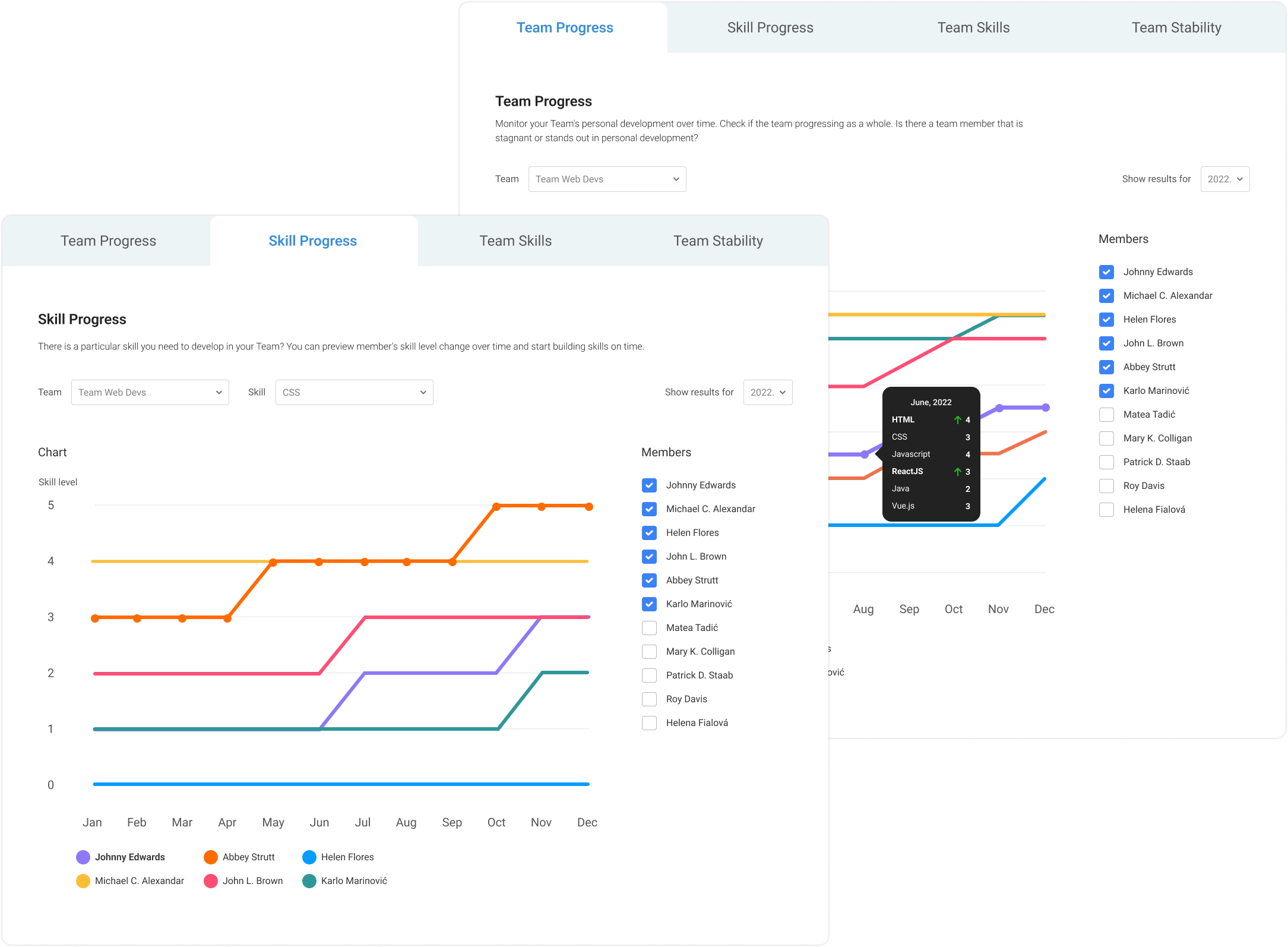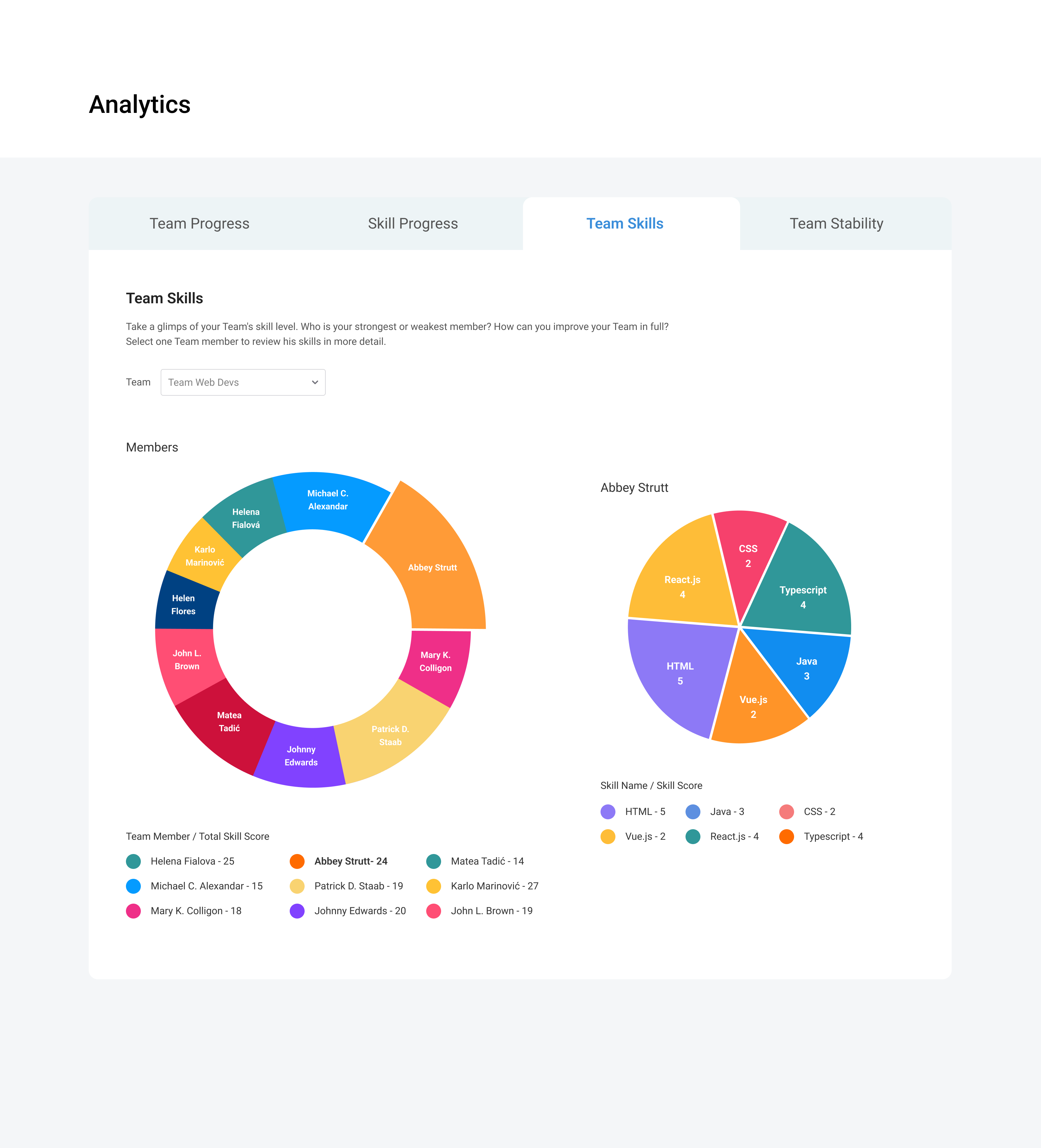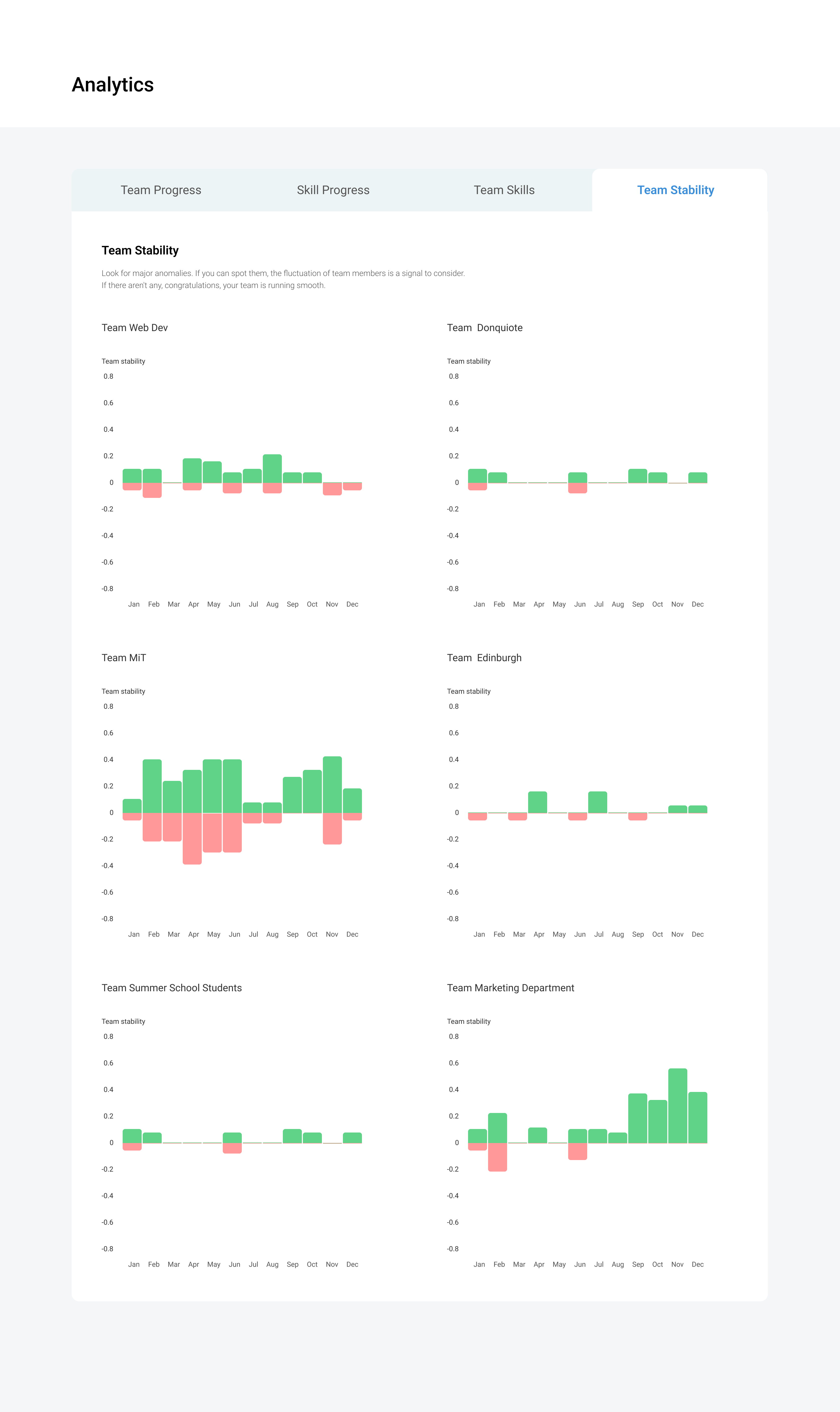A stable team is a team that will stay together for multiple releases or quarters, says Tim Wise in Leading Agile. Many studies have been done on how productive teams can be when they are stable. Therefore, when teams stay together, they have higher throughput and are more predictable and happier. Thus, team stability is a crucial part of helping your company. [1]
A motivated team is the best for the business, so team members can be productive and work without stress. If the group is demotivated, that can cause losing important team members or clients. There are a few reasons for the demotivated team: the product and the work environment. Developers need to feel motivated for the products they are working on. So, if they constantly have to make minor changes, that can affect their efficiency. Also, the work environment where toxic relationships are present can increase the demotivation of the team. It is essential to have stimulating energy in the team so that the motivation of each member is better, and by that motivation of the whole team together. [2]

Figure 1 Team Progress and Skill Progress analytics
When team leads see which skills their team members have, they can push them toward projects so they can fulfill their potential and contribute more. Developers will be satisfied with that, and their performance will increase. [4] Every individual has their own set of skills. If some members are progressing faster, others can look for help from them or be more motivated.

Figure 2 Team Skills analytics
Managers should be aware of the skills that their team members have. [5] The manager or someone responsible for forming the team will identify the best talents of each member by looking at these skills analytics that members input. If some members stagnate, they can talk to them to see if those members need some education for the same or new technologies. They can also find out if some members are not into some technologies. That is one way to listen to your employee’s needs and wishes. Also, if some members are progressing faster than the others, it is nice to give some kudos to them or promote them.
But above all, knowing your team members and their skills will allow you to tell sooner rather than later if a team member is happy. That will prevent resentments from building up and creating toxicity in your work environment. [6]
The Society for Human Resource Management, the professional human resources membership association, investigated the risk of quitting. They identified many behavioral changes employees exhibit that signal their future turnover. Some of that pre-quitting behaviors are:
- Their work productivity decreased more than usual.
- They weren’t such a team player like usual.
- They have exhibited less focus on job-related matters, effort, and work motivation than usual and many other behaviors. [7]
So how to avoid those behaviors or at least reduce the chances for that to happen?

Figure 3 Team Stability analytics
We mentioned some pre-quitting behaviors, so the first sign that many people are quitting the company is a warning that something is wrong. Noticing something wrong with specific teams on time could fix things for those teams, and the company. When people leave a particular team quite often, problems may be dealt with. That might mean the team is not working very effectively, and it is important to react on time. Whether one person in the team perceives a problem, there are huge chances that others will feel it too. [8]
There can be multiple reasons for quitting teams, so when that happens, every organization should be ready to make changes whether those are in the employee onboarding process or taking care of the team’s stability. If you want a quick overview of teams and personal development and activity, check out kustodian.io and enjoy your free trial so that you can stabilize your teams and company even more.
Related News



